Preserving India’s underground marvels: Meghalaya’s ancient caves face environmental threat
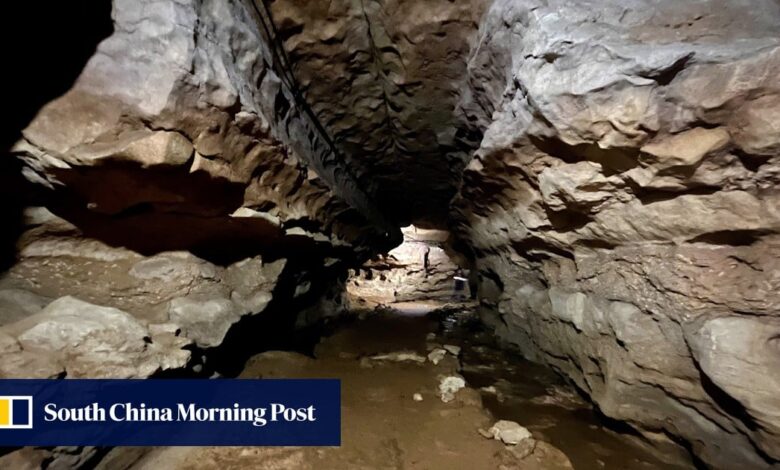
“Geologists found proof of the Meghalayan Age in this cave system”, Wankhar, 32, explains to the group.
The Meghalayan Age is the scientific term for the current geological age, which started around 4,200 years ago. It is named after Meghalaya because a stalagmite found in Mawmluh Cave provided evidence of a sudden, severe drought that affected many ancient civilisations across the world. That drought is what geologists use to mark the beginning of the Meghalayan Age.
Wankhar is a member of the Khasi tribe, which is among the earliest ethnic groups in the Indian subcontinent, along with the Garo and Jaintia. All three are known for their matrilineal societies and their skill in crafting living root bridges from fig trees. Together, they protect natural treasures and biodiverse sacred forests in the mountainous regions of Meghalaya and parts of Assam state.
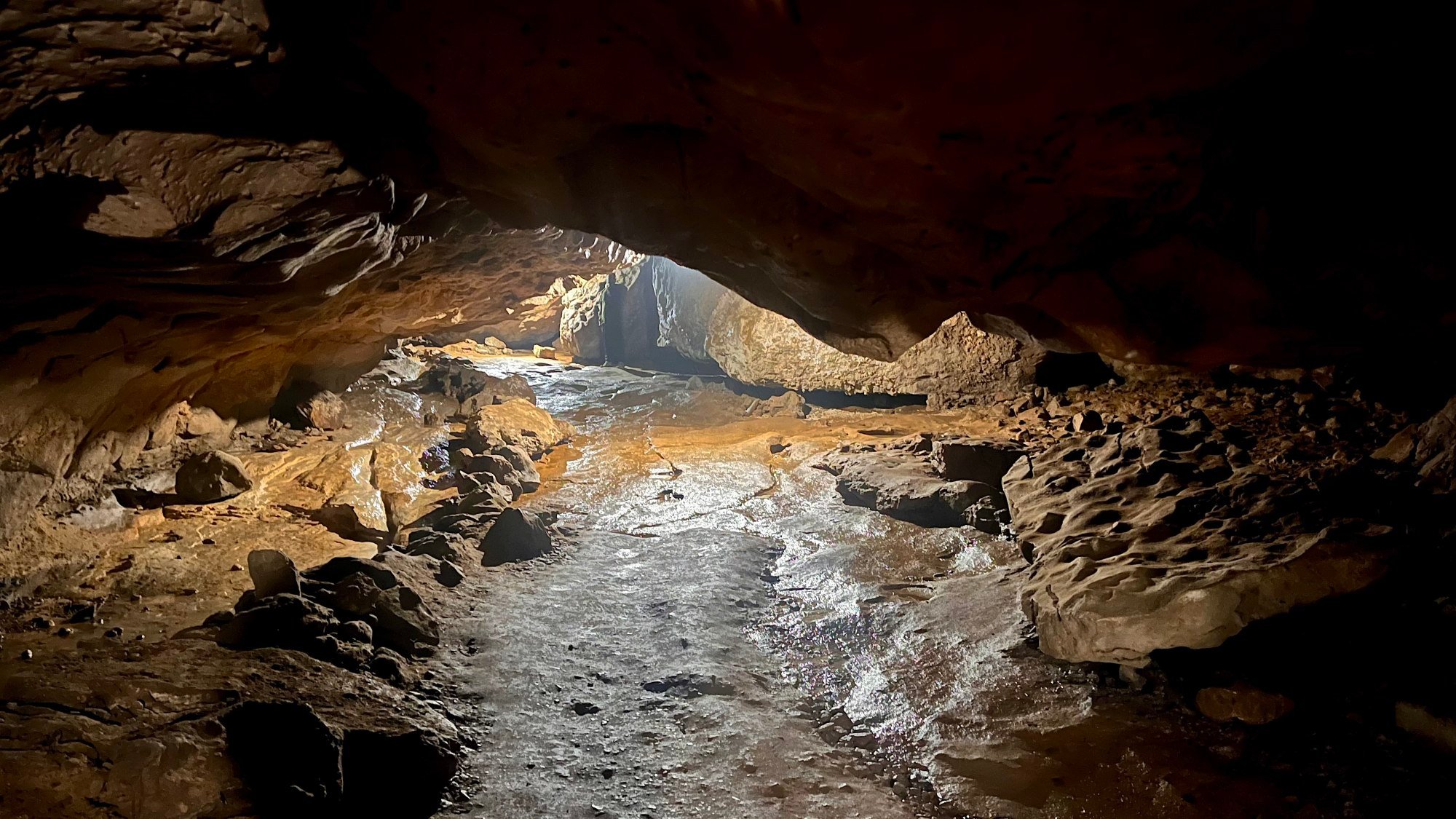
Meghalaya is home to a number of spectacular underground ecosystems, including Krem Puri, the world’s longest sandstone cave, and Krem Um Ladaw, which has the deepest shaft of any cave in the world.
These caves harbour diverse fauna, including tiny troglobites – animals that live entirely in the dark parts of caves and often have no functioning eyes or pigmentation – as well as the world’s largest cave fish, the recently discovered Neolissochilus Pnar.
Mawmluh Cave, locally known as Krem Mawmluh, is located in the Cherrapunji-Mawsynram area, known as the world’s wettest region. It is part of the region’s extensive network of limestone and rare sandstone caves, which are vital components of the eco-sensitive Hindu Kush Himalaya (HKH) region.
Many of these caves are interconnected like a labyrinth and contain a multitude of significant speleothems, the term for geological formations such as stalagmites and stalactites.
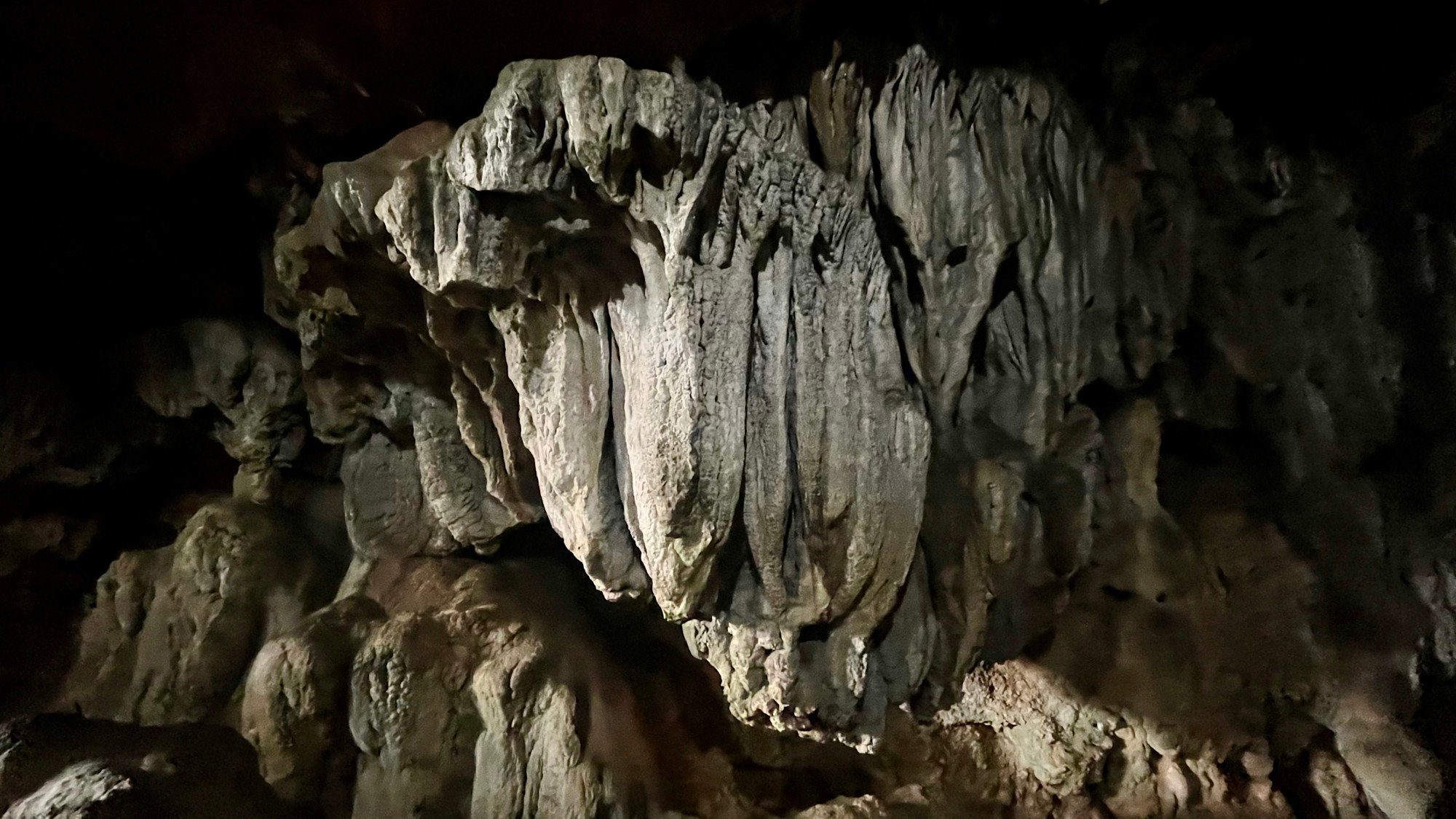
Scientific spelunking
Brian D Kharpan is India’s first speleologist and founder of Meghalaya Adventurers’ Association. Together with his team of ardent cavers and explorers, he has discovered more than 1,700 caves – the achievement has led to a boost in cave tourism and promoted sustainable livelihoods for local tribes.
Today, Meghalaya offers curated cave tours for beginners and specialised expeditions for hardcore cavers, along with accommodation options such as homestays near the caves and trekking tours. This growth has significantly benefited the tribes, among the last matrilineal societies in the world.
While some of the discovered caves – such as Mawmluh, Arwah and Mawsmai – are frequented by trekkers and tourists, many remain unknown and unmapped.
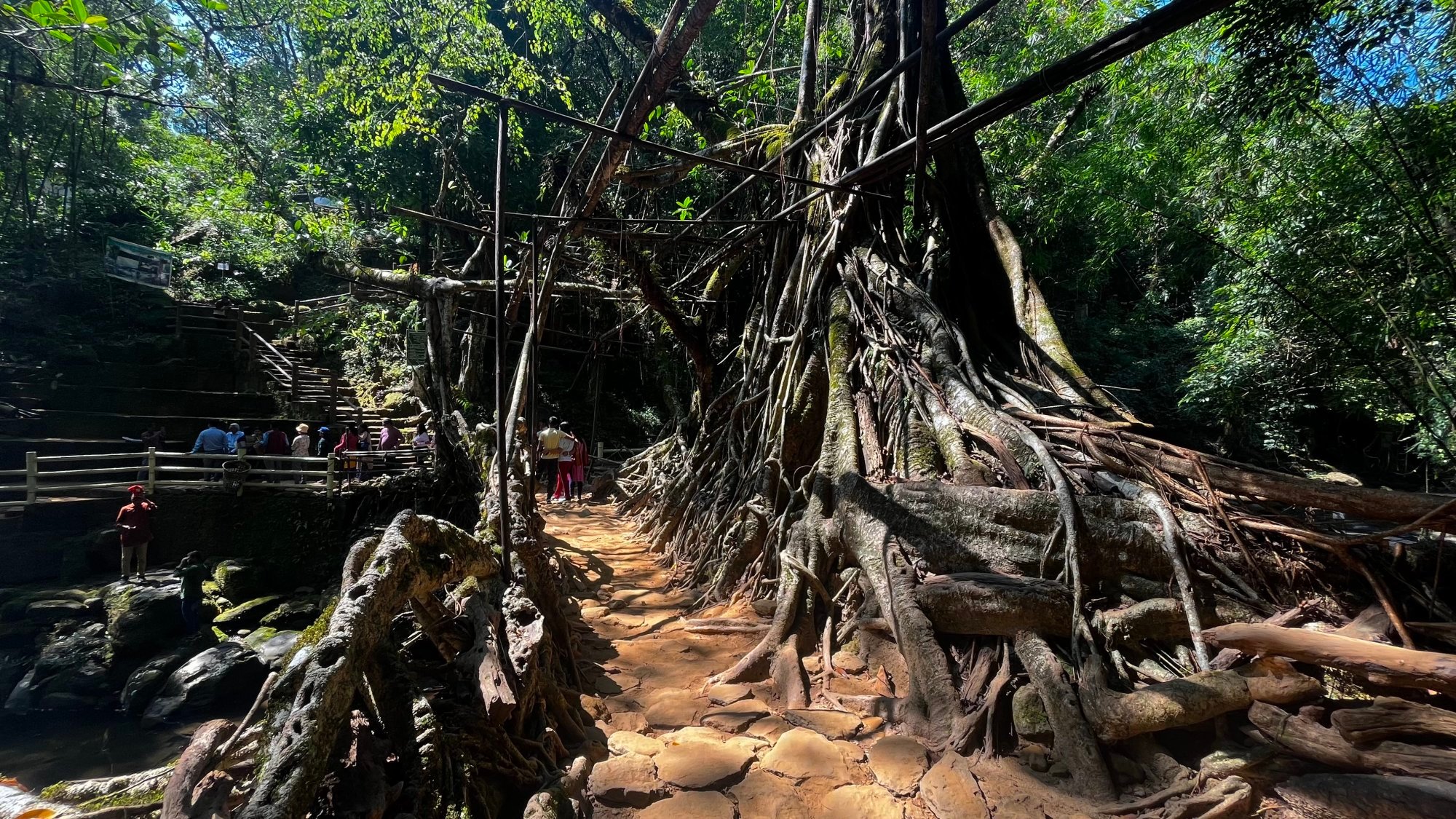
“Not all caves explored should be open to tourists. Most of these caves have great intrinsic value and have to be protected and conserved. Unfortunately, because of the economic potential of cave tourism, villages fight with each other to lay claim over the cave systems,” Kharpan says.
Despite its drawbacks, cave tourism is playing a significant role in safeguarding Meghalaya’s underground ecosystems from mining and illegal exploitations. That is especially important since these caves have proved to be a powerful tool in predicting past and future weather patterns.
Mawmluh Cave now attracts thousands of tourists, as well as geologists and scientists, annually. It is notable as one of the first 100 geological heritage sites listed by the International Union of Geological Sciences (IUGS) under Unesco in 2018.
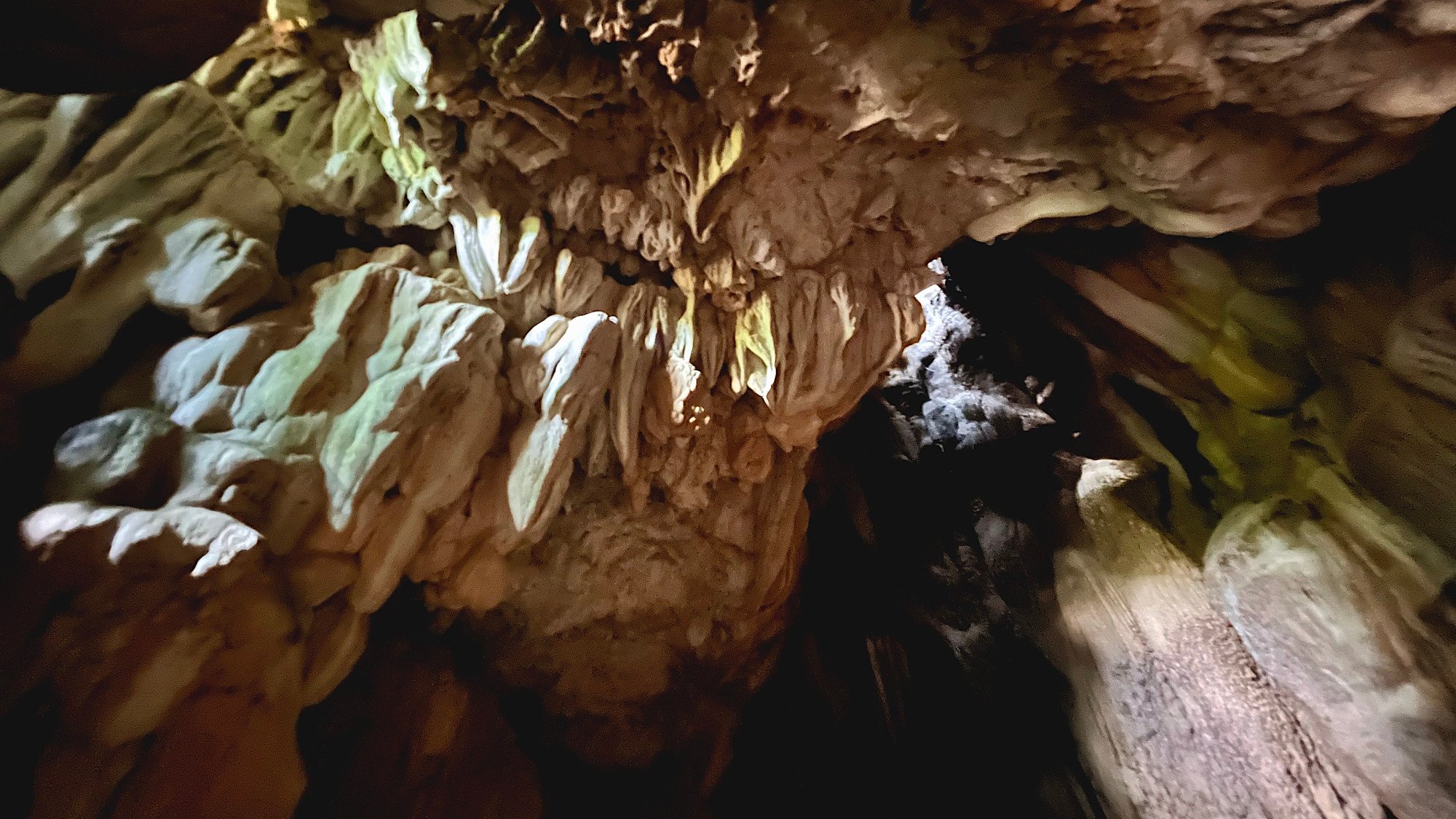
In addition to providing evidence so significant that the current geological age is named for Meghalaya, earth scientists are now studying the formations of speleothems inside Mawmluh to predict droughts and monsoon patterns, given that the caves are situated in the world’s wettest region.
One study uncovered a connection between rainfall in Meghalaya and climate patterns in the central tropical Pacific by examining stalagmites. Jessica L. Oster, an associate professor at Vanderbilt University and a member of the study team, notes that the stalagmites analysed from Mawmluh Cave cover the years 1964 to 2013, when they were collected. She says such a young and detailed record is rare.
“These findings highlight the interconnectedness of the global climate system, and provide valuable insights to understand and predict rainfall changes in Northeast India based on climate conditions elsewhere in the world,” she says.
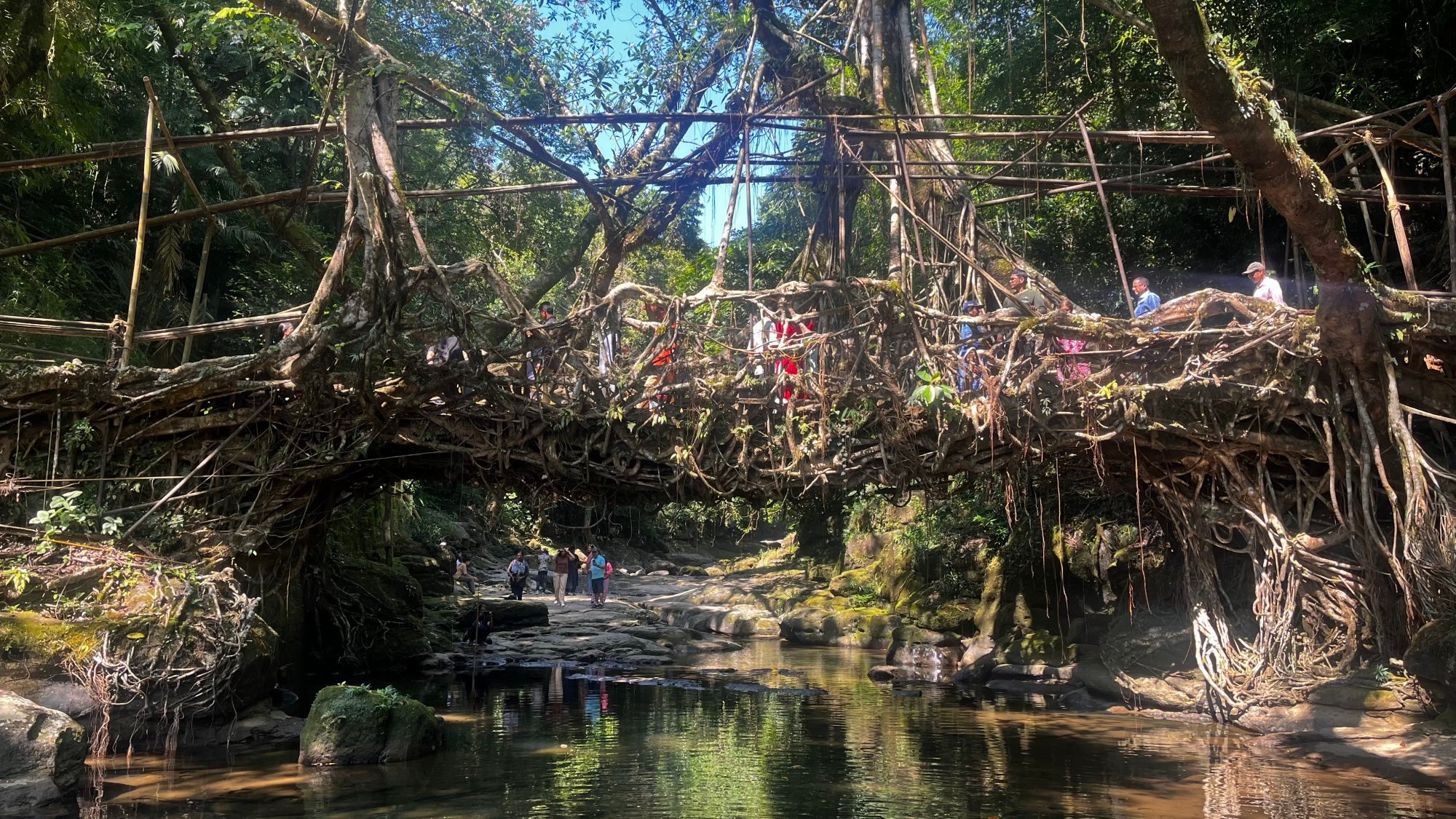
Climate concerns
While the caves have faced plenty of weather extremes over the millennia, human-caused climate change poses a particularly dangerous new threat to their sanctity.
Climate experts at Guwahati’s Cotton University who study monsoons in northeast India say increasing greenhouse gas emissions are likely to shorten the northeast rainy season by five days, while triggering frequent extreme rainfall. Changes in rainfall are shown to affect drinking water, river and surface run-off, soil moisture, groundwater reserve and ecosystems.
According to Oster, intense surface rainfall can cause significant water infiltration into cave systems, leading to periodic flooding. Additionally, it can transport anthropogenic pollutants such as human-made fertilisers, chemicals and microplastics into these caves, posing threats to the cave-dwelling organisms.
“In fact, we are investigating microplastic occurrences in cave environments of the eastern United States and have found evidence of microplastics in these systems,” she adds.
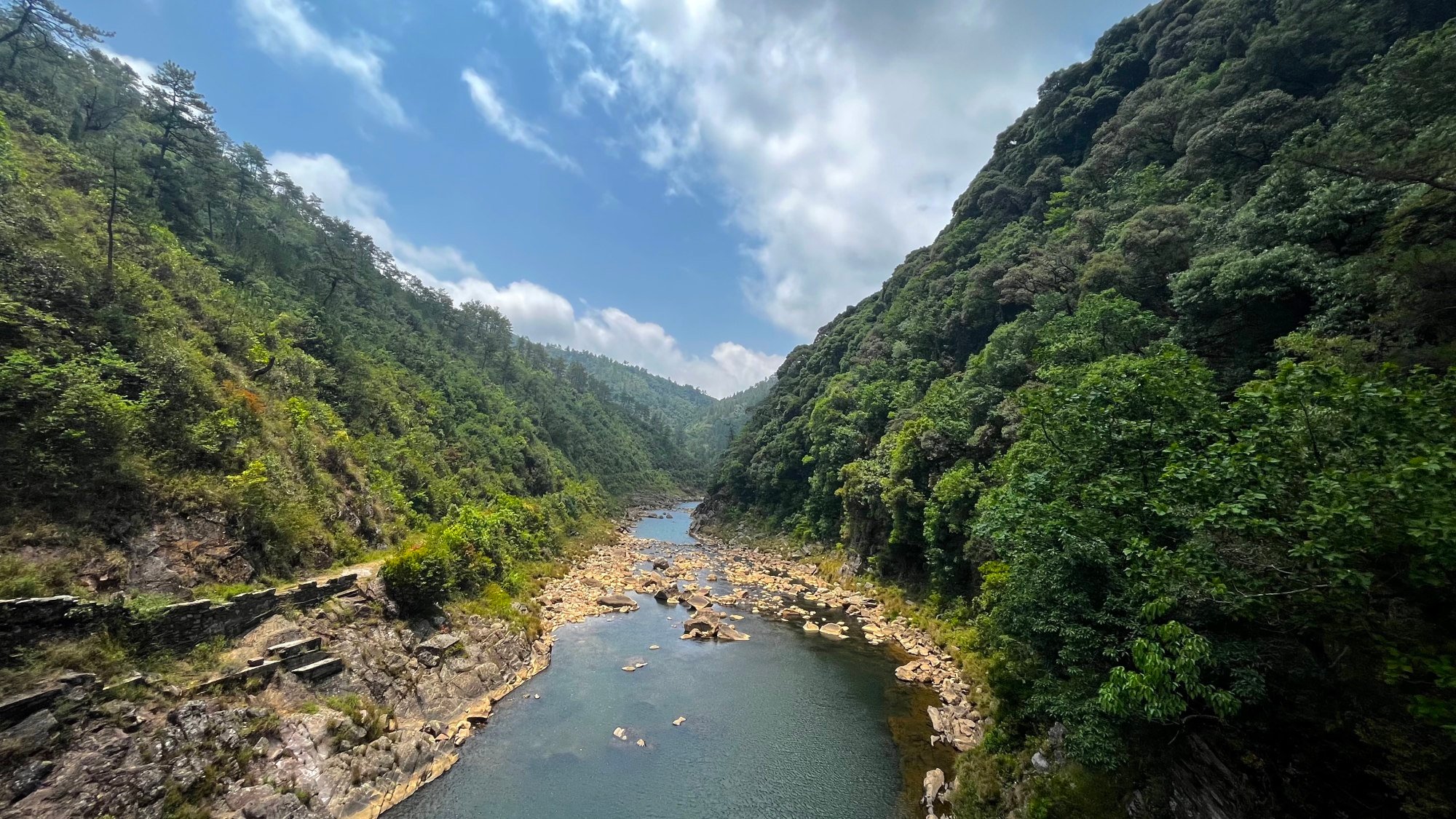
Studies also show that rapid increases in global temperatures are affecting cave ecosystems, despite being mostly isolated from the external environment.
Oster explains that cave ecosystems are considered to be relatively stable, with air temperatures inside often closely aligning with the average annual air temperature outside. Delicate cave ecosystems are finely attuned to this stability, making them extremely sensitive to even small changes, which could have big impacts.
The HKH region is already experiencing the impacts of global warming, such as erratic rainfall patterns. Recent drought-like conditions in Meghalaya have further endangered caves and the subterranean species inhabiting them.
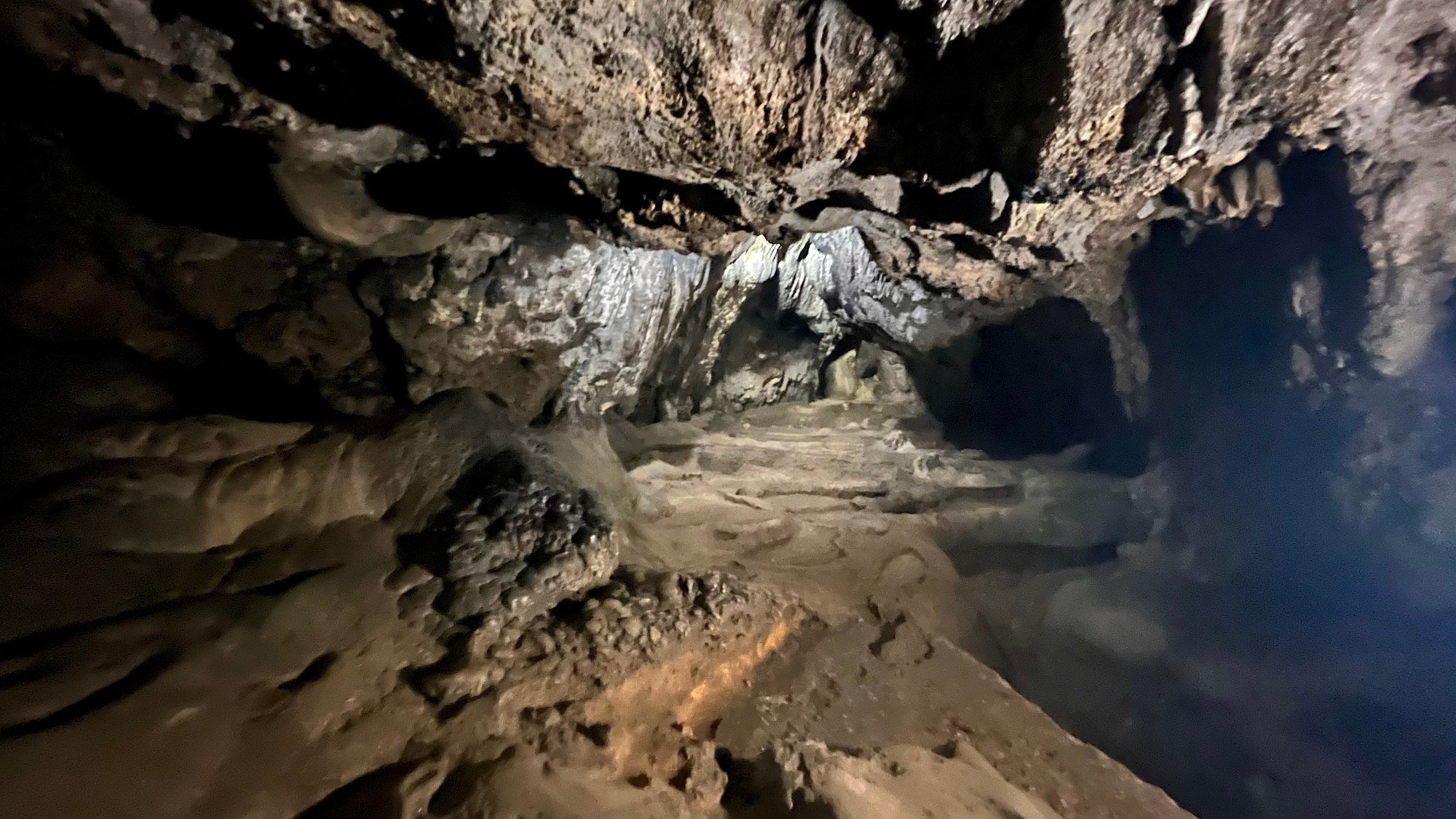
Further challenging and threatening the existence of these biodiverse areas are illegal mining and coal plants, which persist despite opposition from local residents.
Kharpan the speleologist warns that industrial activities can have devastating consequences for caves. Limestone mining not only destroys their structural integrity but also pollutes their ecosystems, leading to the extinction of unique cave-dwelling species. Similarly, coal mining, especially illegal operations, poses a significant threat to these rare forms of life.
“If ever Krem Mawmluh housed cave fauna, they would likely have been wiped out by the toxic effluents from the nearby cement factory over the past six decades. Consequently, any life found in the cave today is not of a troglobitic nature,” he says, with disappointment in his voice.

